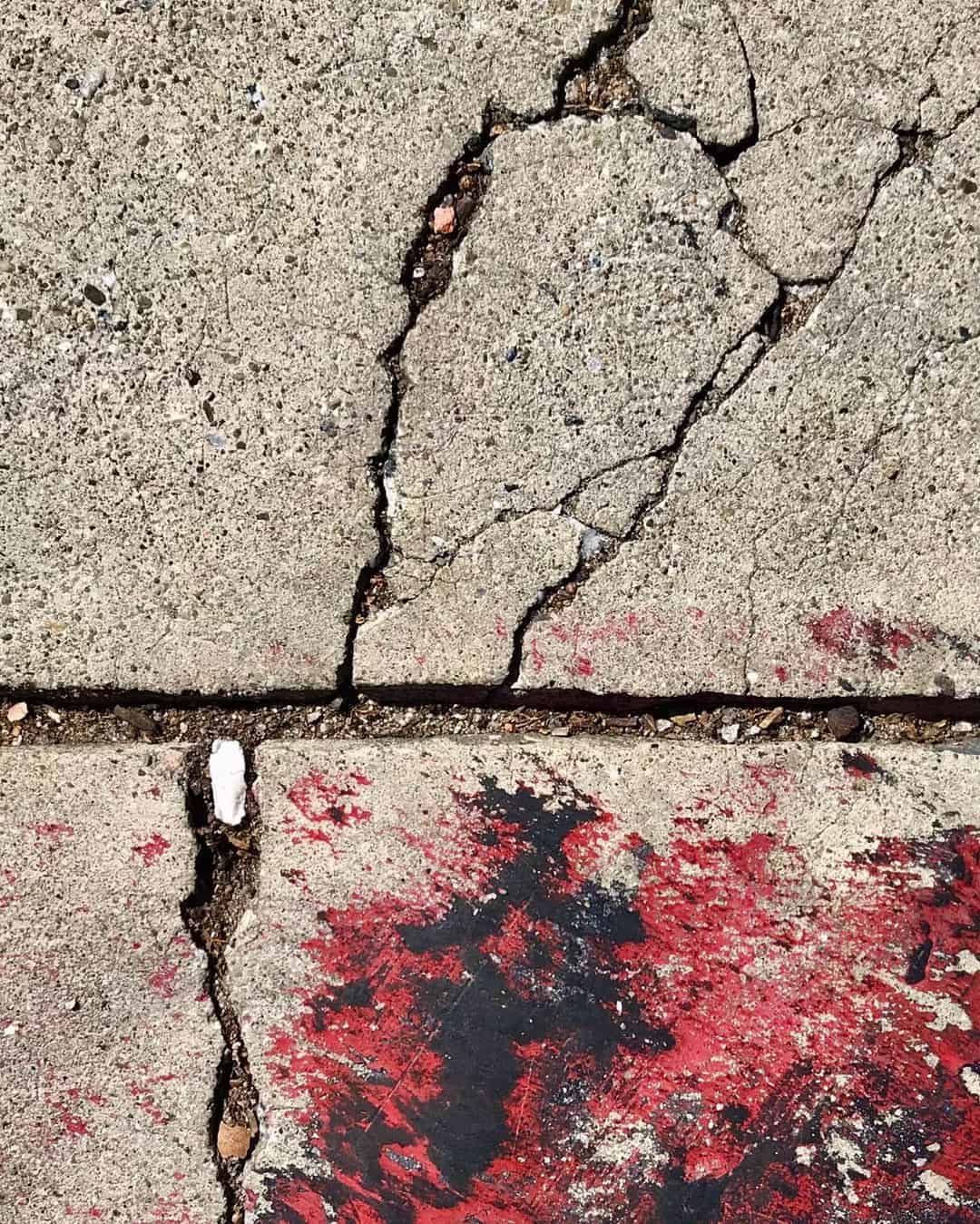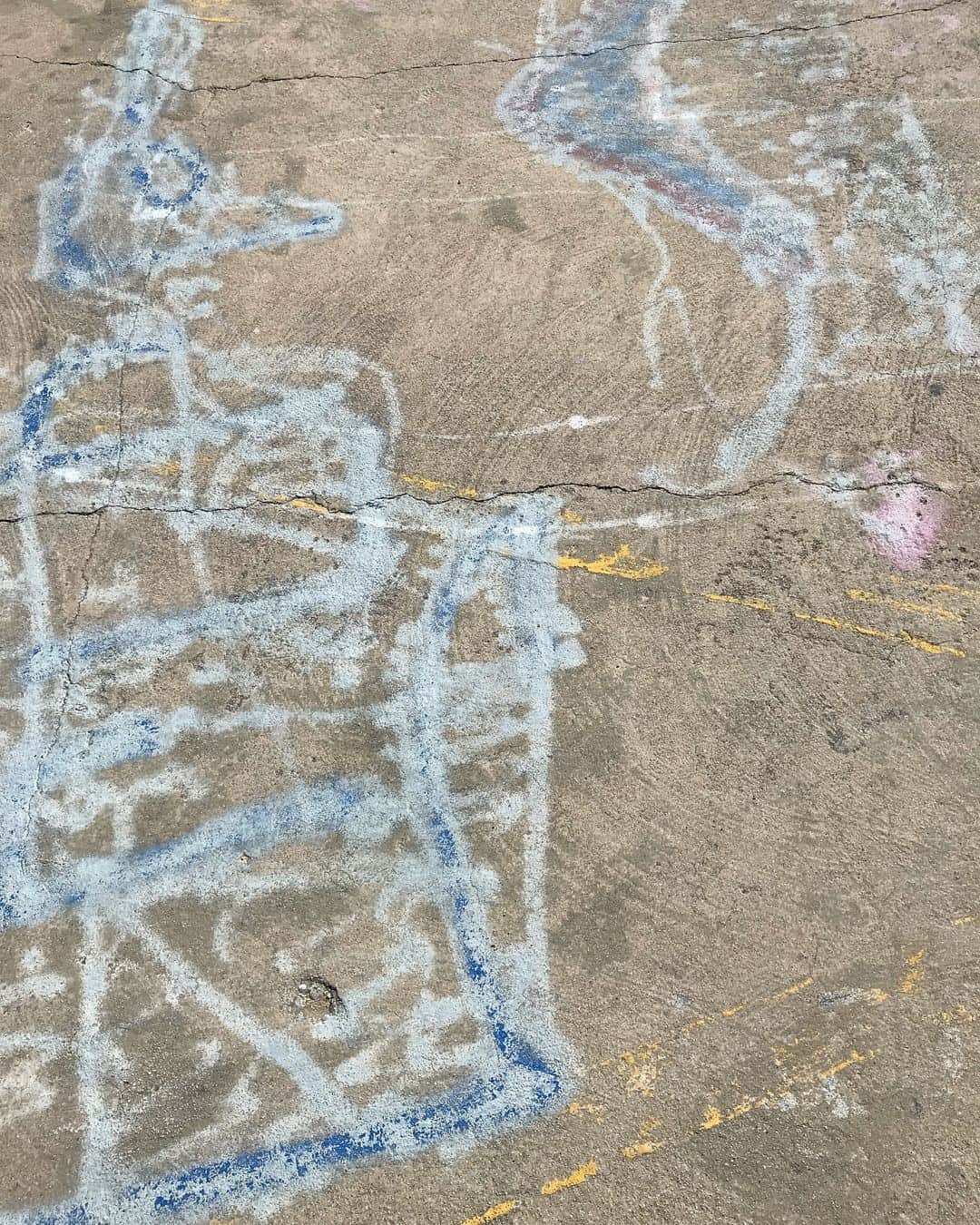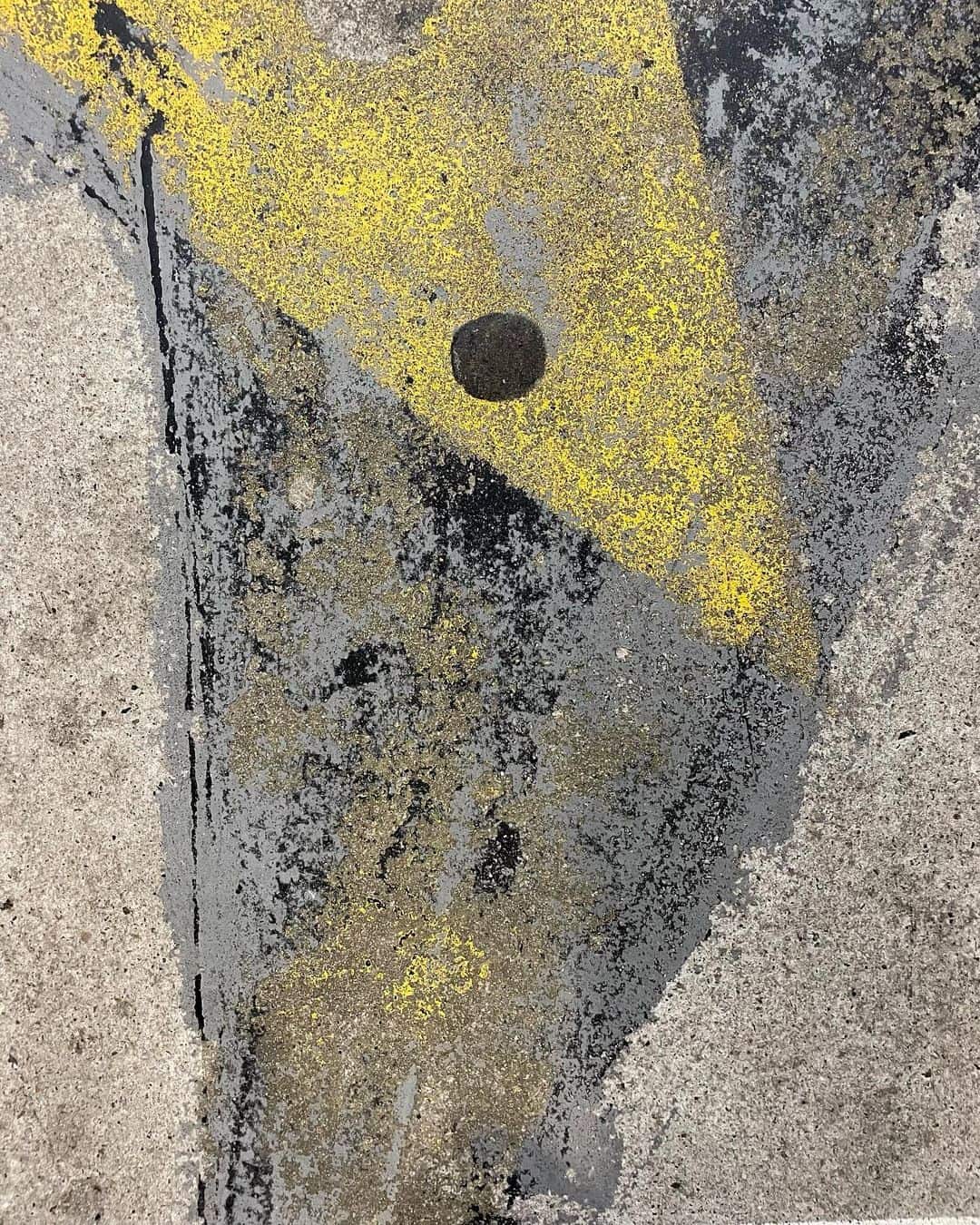Removing paint from concrete can be complex and exhaustive, but with the right tools and techniques, it can be completed without too much difficulty.
Hiring a professional may be your best bet if you have a tough stain that needs to be removed from concrete quickly. Otherwise, soda blasting, sandblasting, a heat gun or torch, or a DIY mixture can help you get the job done.
This article will provide detailed instructions on effectively and safely removing paint from concrete.
Table of Contents
Preparation for Paint Removal

Before attempting to remove paint from concrete, it is essential to prepare the surface properly. This process should include cleaning the area with a pressure washer or scrub brush and hot soapy water, then rinsing off the soap and debris. Ensure all dirt and other debris are removed before beginning any paint removal projects.
It is also essential to cover any nearby furniture or plants with a tarp or plastic sheeting, as paint removal can create a lot of dust and debris that could damage nearby items.
1. Safety Considerations
- Wear protective gear, such as safety glasses, rubber gloves, and a face mask
- Work in a well-ventilated area
- For the safety of your children and pets, please keep them away from any workspace.
- Before you start, use painter’s tape to protect nearby surfaces from the sandblaster or soda blaster.
- Follow all manufacturer’s instructions on the product label for application and storage guidelines.
2. Supplies and Materials Needed
- Paint scraper
- Wire brush
- Sandpaper or sanding block
- Chemical paint removers
- Painter’s tape (optional)
- Finely ground clay (powder)
- Floor grinder
- Sponge
Methods of Removing Paint from Concrete
Once the preparation is complete, you can remove the paint from the concrete. Several methods are available for this, each with its effectiveness and safety considerations.
1. Paint Strippers
The same commercially available paint strippers used to remove paint from wood can also be used on concrete. Using a paint scraper or putty knife, gently scrape off the paint in small sections.
Here are the basic steps to removing paint from concrete using a commercially available paint stripper.
- Begin by applying the paint stripper to the area with a brush. Make sure it covers the entire surface evenly, and allow it to sit for several minutes.
- Once the paint stripper has time to work, scrape off the loosened paint using a scraper or putty knife. Make sure to go slow and apply light pressure, as too much force can damage the concrete surface.
- Once the paint stain has been scraped off, clean the area. If stubborn areas have not come off, scrape them with a wire brush.
- Finally, rinse the area with clean water.
2. Removing Paint with Sandpaper or a Sanding Block
You can use an abrasive tool such as sandpaper or a sanding block for stubborn oil-based paints that won’t come off with a scraper. Start with a medium-grit sandpaper, and work your way up to a finer grit as needed. This method is more time-consuming but can effectively remove stubborn paint from concrete.
- Begin by wetting the area with a damp cloth or mop.
- Gently rub the sandpaper or sanding block over the painted surface in small, circular motions.
- Continue this process until the paint has been removed.
- Once finished, clean up any residual dust and debris.
3. Chemical Paint Removers
You may need to use a chemical paint remover for highly stubborn paint. These products are formulated to penetrate through thick layers of paint and loosen it up for easier removal. Certain products can take off water-based latex paint or spray paint, while others can eliminate the water- and oil-based stains.
Make sure to read and follow all instructions on the chemical paint remover product label regarding the application, safety, and storage guidelines.
- Apply the chemical paint stripper according to the directions on the product label.
- Allow the paint stripper to sit for several minutes or according to the instructions on the label.
- Begin to scrape off the paint with a scraper, gently applying light pressure.
- Once the colors have been removed, clean up any residue.
4. Power Washing

For large areas of paint, consider using a power washer. This method removes paint from concrete surfaces and can be dangerous if not used properly.
Read and follow all safety instructions before operating the power washer.
- Begin by setting up the power washer according to the manufacturer’s instructions.
- Start with a low-pressure rating and begin to power wash the area. Be sure to hold the hose nozzle at least 12 inches away from the surface and gradually increase the distance as you go.
- Keep going until the paint has been entirely eradicated from the concrete surface.
- You can increase the flow rate for more stubborn areas.
5. Soda Blasting
Consider using soda blasting for highly persistent paint that won’t come off with a power washer. Soda blasting doesn’t entail throwing a can of soda onto your concrete but rather slamming it with sodium bicarbonate.
This method involves using baking soda crystals blasted at high pressure to break down the paint and remove it from surfaces. If you’d prefer an alternative to purchasing a soda blaster, you can always rent one from your local hardware store and get the required sodium bicarbonate there.
- Take precautionary measures to protect yourself, and ensure you don’t inhale the caustic fumes of sodium bicarbonate by wearing a heavy-duty respirator.
- Before beginning the treatment, vacate any plants from the area, as sodium bicarbonate’s high pH levels can cause significant damage to vegetation.
- Set up the soda blaster according to the manufacturer’s instructions, and start blasting at low pressure.
- Carefully apply pressure until all the paint is removed from the concrete, gradually increasing as needed.
6. Sandblasting
For challenging paint that won’t come off with soda blasting, sandblasting may be necessary. Sandblasting involves using an air compressor and specialized abrasive media to wear away the paint from concrete surfaces. This method is very effective but can also cause damage if not used properly. Before beginning, wear protective gear such as goggles, gloves, and a facemask.
- Begin by taping off any nearby surfaces that you don’t want to be affected by the sandblaster with painter’s tape.
- Set up the sand blaster according to the manual’s instructions, and start blasting at low pressure.
- Gradually increase the pressure until all the paint has been removed from the concrete.
- Once you’re finished, clean up any paint residue with a damp cloth or mop.
7. Heat Gun or Torch

A heat gun or torch can also work wonders for you. This method employs an open flame to soften and loosen the paint so it can be scraped off. Ensure you take proper safety precautions when working with an open flame before you begin.
- Begin by setting up the heat gun or torch according to the directions in the manual.
- Start with a low heat setting and move it slowly over the area. Be sure to keep it in one place for a short time, as this can cause damage to the concrete.
- Gently raise the temperature until all of the paint has been eradicated from the concrete surface.
8. Try a DIY mixture
If all else fails, you can create a DIY mixture of paint remover to tackle the paint stains. Mix one cup of clay, one cup of cat litter, and a splash (approximately half a cup) of paint thinner or white vinegar for the DIY paint remover.
Wear rubber gloves when mixing the ingredients until they form a thick paste. Then spread this paste over the painted area and let it sit for two hours or longer.
After, use a wire brush or paint scraper to scrape away the dissolved paint.
Which One is Better, DIY or Hiring a Professional?
Ultimately, it depends on the type of paint and how stubborn it is. Hiring a professional may be best if you have to remove a tough paint stain on concrete.
Professionals will have specialized tools and knowledge to tackle any job quickly and efficiently. However, if you are confident in your DIY skills, then using a DIY mixture can help you achieve the same results.
No matter which method you choose, make sure to take safety precautions and follow directions carefully to get the best results.
Final Thoughts
Removing paint from concrete can be difficult, no matter your chosen method. Whether you use a power tool such as a sandblaster, heat gun, or a DIY mixture of paint remover, it is essential to take proper safety precautions and follow directions thoroughly to achieve the best results.
Ultimately, deciding which method is better will depend on your specific situation and the type of paint that needs to be removed.
When in doubt, it is advisable to hire a professional to get the job done correctly and safely. With their specialized knowledge and tools, they can ensure that all of the paint has been removed without causing any damage.